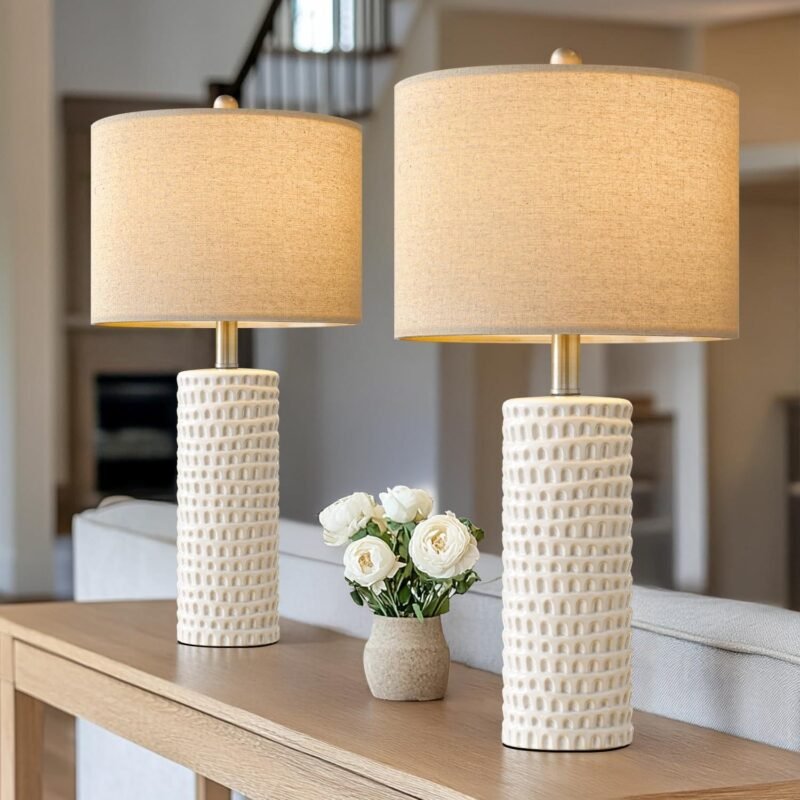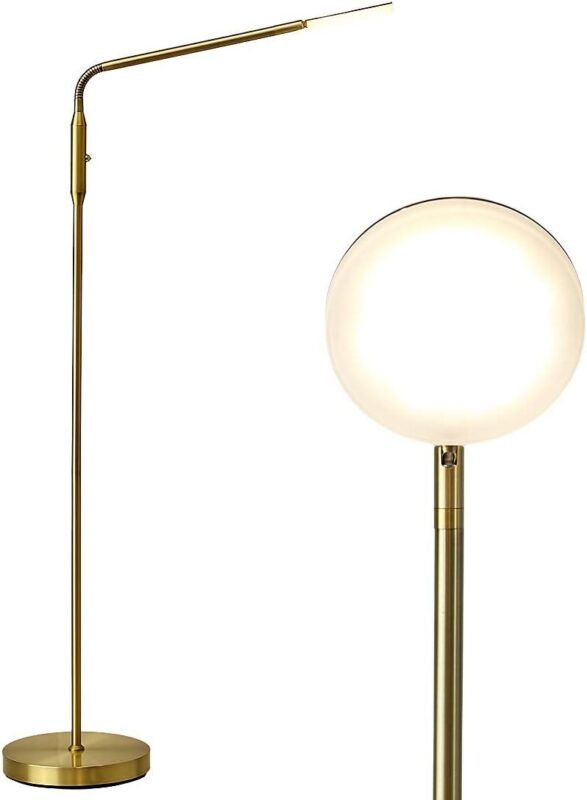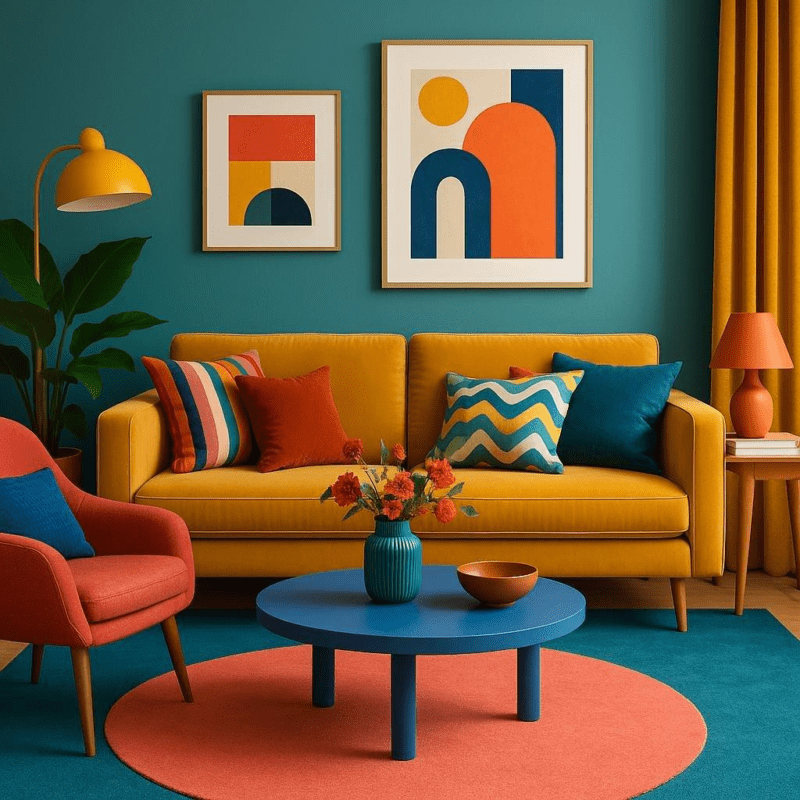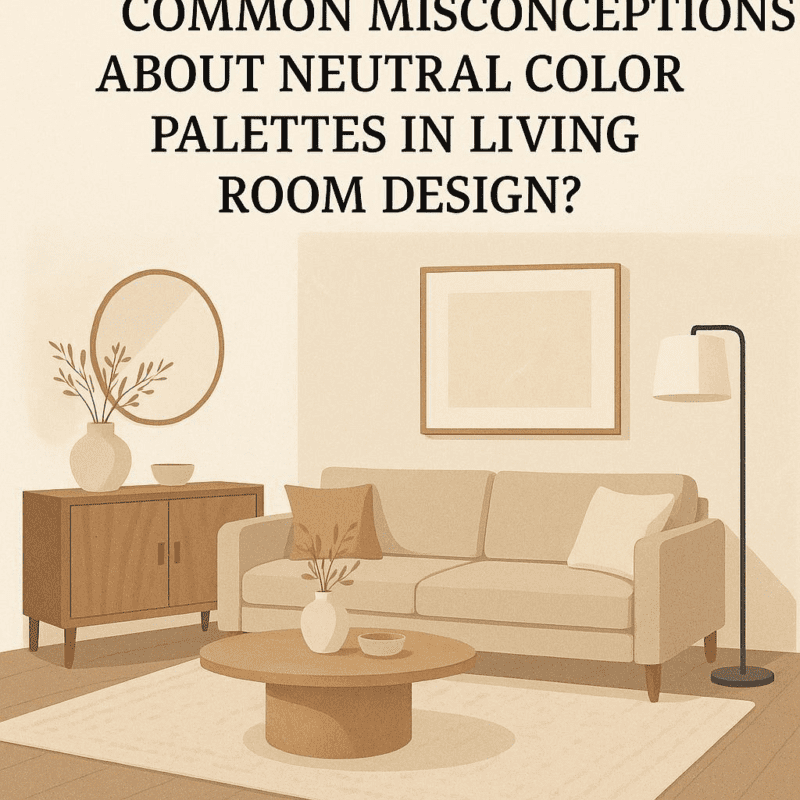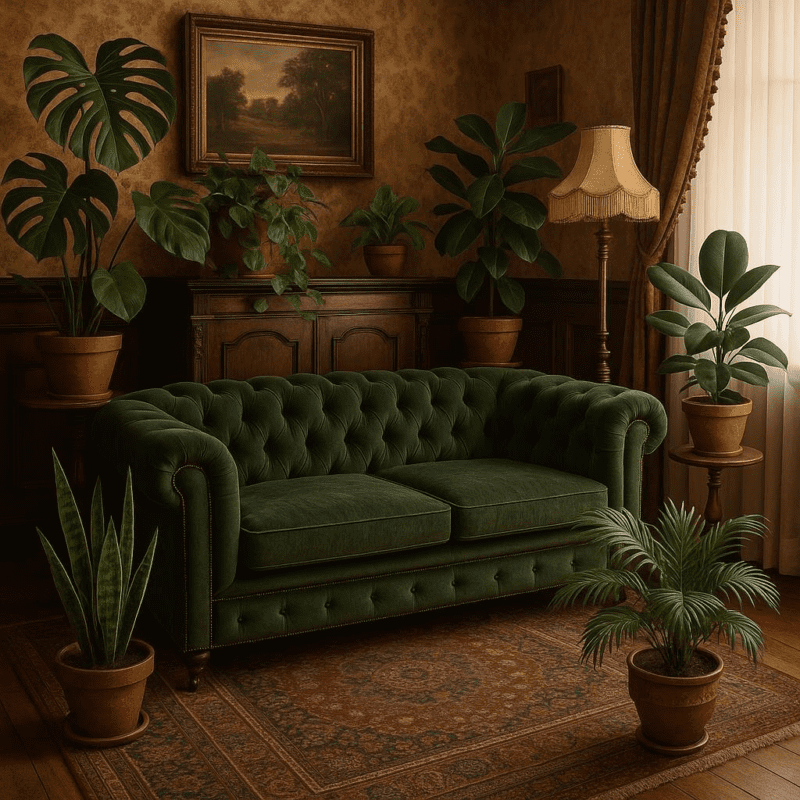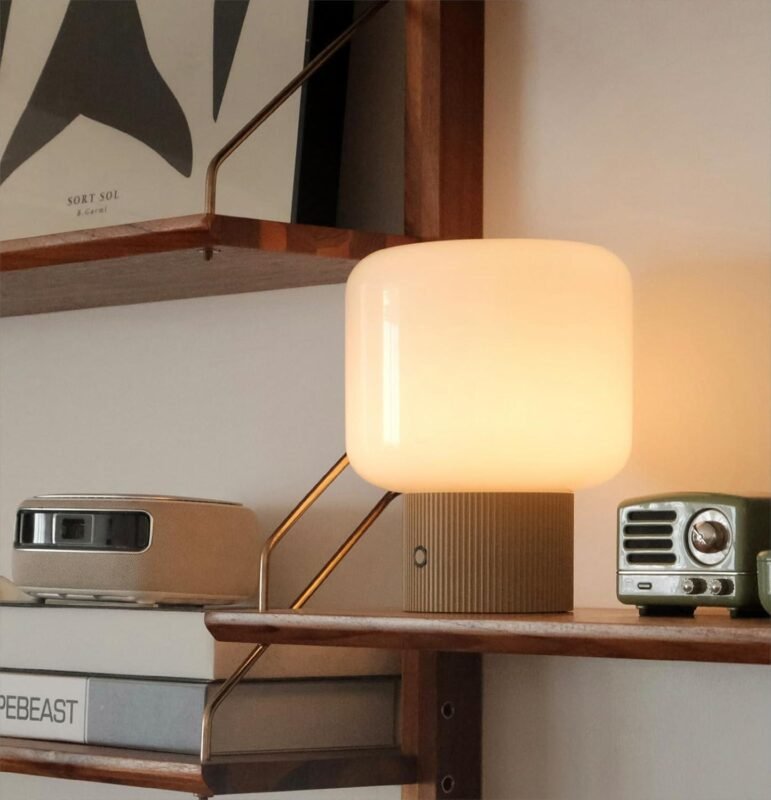How can I use plants to create a sense of balance and harmony in my living room decor?
Bringing plants into your living room isn’t just about adding a splash of green – it’s a wonderful way to create a sense of balance and harmony in your home. Plants have a natural ability to soften hard edges, introduce calming energy, and improve the overall atmosphere of any space. Whether you have a sprawling indoor garden or just a few well-placed pots, thoughtful plant choices and arrangements can transform your living room into a peaceful, inviting retreat.In this article, we’ll explore practical tips and design ideas to help you use plants effectively, enhancing both the aesthetics and the feel of your living space.
Choosing the Right Plants to Complement Your Living Room Style
Integrating plants into your living room begins with selecting species that naturally echo your existing decor style. For minimalist interiors, opt for sleek, sculptural plants like snake plants or monstera, which offer clean lines without overwhelming the space. If your living room leans towards bohemian or eclectic vibes,plants with a wild,unhindered growth pattern-such as pothos or string of pearls-can add an organic,carefree touch. Taking the time to consider the natural height, leaf shape, and texture of your plants ensures they act as an extension of your style rather than a contrasting element.
beyond style, matching plants to the room’s lighting and furniture materials enhances harmony. Consider the following pairing guide to fine-tune your choices:
| Living Room Style | Ideal Plant Types | Choose for |
|---|---|---|
| Modern | Snake Plant, ZZ Plant | Architectural shapes, low maintenance |
| Rustic | Ferns, Spider Plant | Lush texture, natural feel |
| Scandinavian | Pothos, Rubber Plant | Clean foliage, subtle elegance |
| Bohemian | String of Pearls, Calathea | Playful patterns, dynamic forms |
Strategic Placement Techniques for Visual Balance and Flow
When decorating with plants, consider their placement as a way to naturally guide the eye and create harmony within the room. Grouping plants of varied heights and leaf textures in corners or near furniture anchors a room and establishes a welcoming focal point. Use plants with cascading leaves near shelves or tall plants beside sofas to subtly balance visual weight and soften hard edges. To enhance flow, position greenery opposite natural light sources to reflect brightness across the space, giving your living room an airy, cohesive feel.
To maintain an effortless rhythm, experiment with the “odd-numbered grouping” technique, placing three or five plants together rather than pairs, which tend to feel static. Combining a mix of flowering, leafy, and sculptural plants enriches texture and color dynamics, while keeping the arrangement visually engaging. Below is a simple guide to help you decide were to place different types of plants for optimal balance:
| Plant Type | Ideal Placement | Visual Affect |
|---|---|---|
| Tall leafy plants | Beside furniture or in empty corners | Adds height and anchors space |
| Cascading plants | On shelves or hanging near windows | Softens edges and adds movement |
| Compact flowering plants | On coffee tables or side tables | Creates focal points and bursts of color |
Incorporating Plant Varieties to Enhance Texture and Color Harmony
To craft a living room that feels both inviting and visually balanced, incorporating a variety of plants with diverse textures and colors is key. Combining leafy plants with smooth, glossy foliage alongside those with fine, feathery leaves adds depth and tactile interest. Using plants that range in height and shape - from trailing vines that soften shelves to upright palms that define corners - ensures each space within the room holds its own visual weight without crowding. This dynamic layering not only enhances harmony but also creates natural focal points that draw the eye comfortably across the space.
When selecting plants, consider how their colors complement your existing decor. Mixing deep green leaves with splashes of vibrant hues like burgundy, variegated cream, or soft silvery tones introduces subtle contrast while maintaining cohesion. Here’s a simple guide to pairing foliage traits for balanced harmony:
| Plant Type | Texture | Color Example | Decor Pairing Tips |
|---|---|---|---|
| Fiddle Leaf Fig | Broad, glossy leaves | Deep green | Pairs well with warm wood tones and leather accents |
| Spider Plant | Arching, slender leaves | Green with white stripes | brightens monochromatic or neutral spaces |
| Coleus | Soft, velvety leaves | Variegated reds and purples | Ideal for adding bursts of color and contrast |
- Balance height and width: Taller plants anchor the room, while smaller ones fill transitional spaces.
- Group in odd numbers: Clusters of three or five plants feel more natural and engaging.
- Use complementary pot colors: Harmonize pots with your color palette for a cohesive look.
caring for indoor Plants to Maintain a Fresh and Inviting Atmosphere
Maintaining the vitality of your indoor plants is essential for ensuring they continue to enrich your living room with their natural charm. Regular watering that fits the specific needs of each plant species fosters healthy growth without causing root rot. It’s equally crucial to provide adequate light-most indoor plants thrive in bright, indirect sunlight. Consider rotating your plants periodically to promote even growth and avoid leaning. additionally, occasional misting can help mimic their natural humid environments, especially for tropical varieties.
To keep your indoor garden thriving and visually appealing, attention to soil and nutrition cannot be overlooked. Using a well-draining potting mix helps prevent waterlogging, which can lead to stress and disease. Incorporate a balanced, slow-release fertilizer during the growing season to supply essential nutrients. Remember to prune dead or yellowing leaves to encourage new growth and maintain a fresh appearance. Here’s a swift reference table to help you care for common indoor plants efficiently:
| Plant | watering Frequency | Light Requirement | Fertilizing |
|---|---|---|---|
| Snake Plant | Every 2-3 weeks | Low to bright indirect light | Every 2 months |
| Spider Plant | Weekly | Bright indirect light | Monthly in growing season |
| Peace Lily | Weekly; keep soil moist | Low to bright indirect light | Monthly in spring/summer |
- Ensure proper drainage: Use pots with drainage holes to avoid stagnant water.
- Clean leaves: Gently wipe leaves to remove dust and improve photosynthesis.
- Monitor for pests: Regularly check plants to catch and treat infestations early.
in summary
Incorporating plants into your living room decor is a simple yet powerful way to cultivate a sense of balance and harmony in your home. by thoughtfully selecting a variety of greenery, considering the placement and types of plants, and paying attention to their colors and textures, you can create a soothing and inviting surroundings that promotes well-being. Remember, plants not only enhance aesthetics but also improve air quality and bring a touch of nature indoors. With a little care and creativity, your living room can become a peaceful sanctuary where both you and your guests feel refreshed and connected to the natural world.


